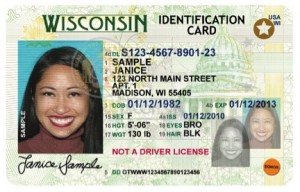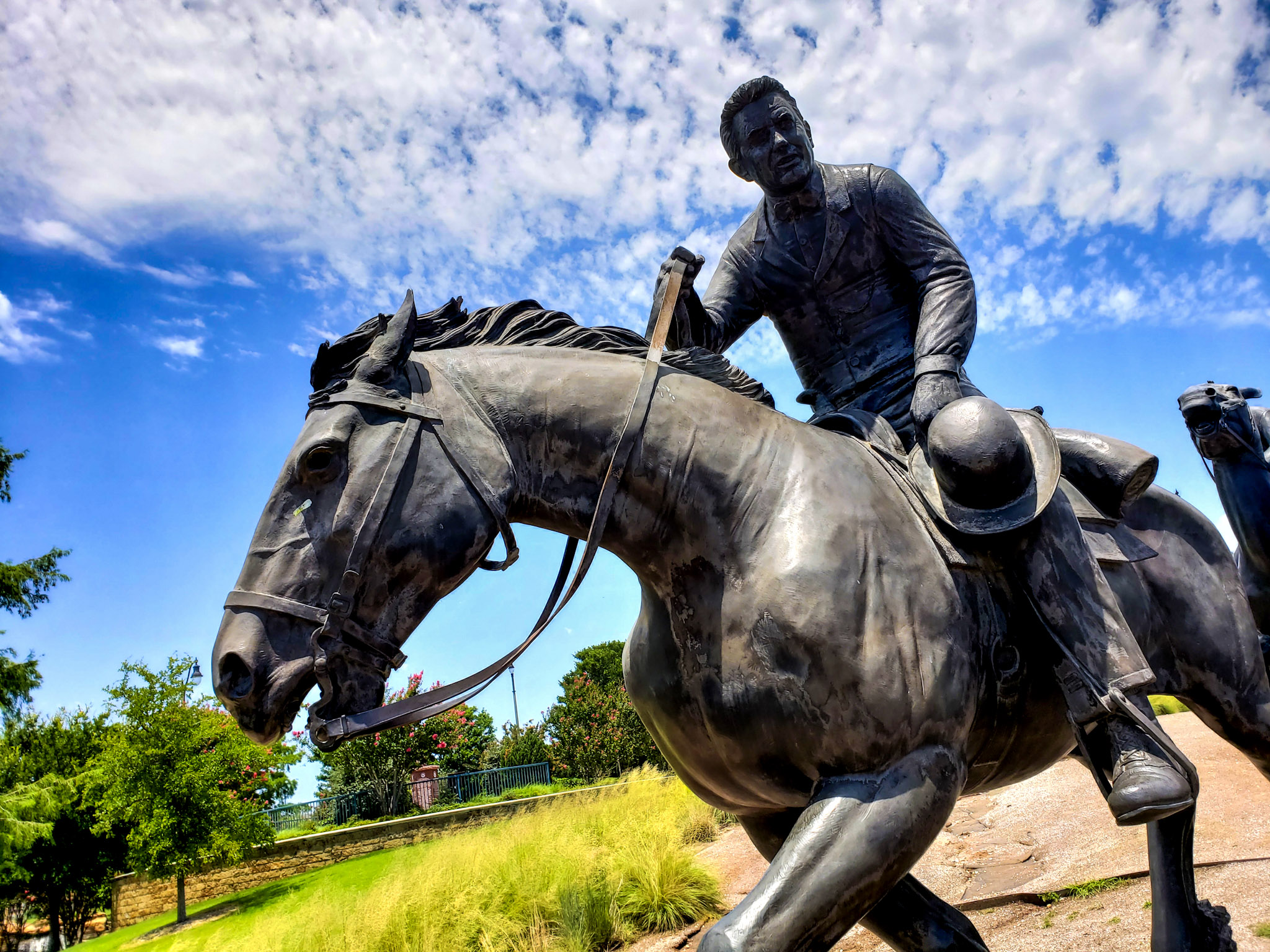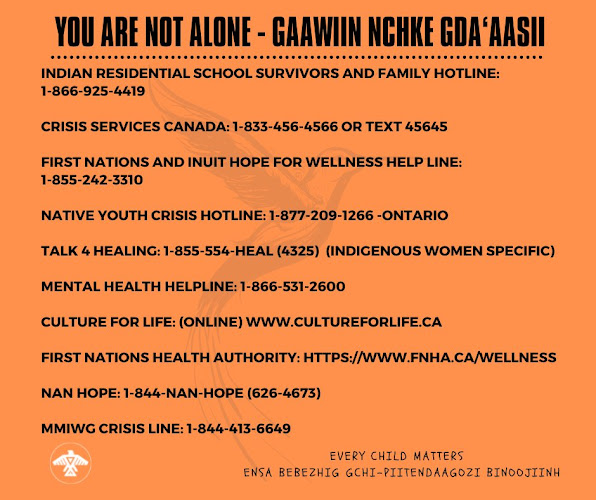| Native News Online Staff |
WASHINGTON — Today, U.S. Senator Tom Udall,
vice chairman of the Senate Committee on Indian Affairs, held a
stakeholder meeting on ways to more effectively prevent, prosecute, and
improve data collection on human trafficking in Indian Country. Federal
data on human trafficking in Native communities is limited, but
available information suggests human trafficking in the United States
frequently targets vulnerable populations, which would include Native
Americans who disproportionately face high rates of poverty and trauma.
In order to address the shortage of information, the Indian Affairs
committee requested that the Government Accountability Office (GAO) seek
data on the prevalence of human trafficking in Native communities and
research the frequency with which law enforcement agencies have
encountered it, the services that are available to victims, demographic
information, efforts to increase prosecutions, and other federal
initiatives.
Udall released the following statement:
"Human
trafficking affects every community in the United States – regardless
of age, gender, ethnicity and socio-economic background. And because
Native Americans disproportionally face high rates of poverty and
trauma, they are especially vulnerable and frequent targets of human
trafficking. For years, Tribal leaders and Native activists have raised
the issue of human trafficking with Congress. By sharing their powerful
and often heart-breaking stories, they have elevated our awareness about
the need for more information and more resources to combat the spread
of human trafficking in Indian country.
"But
the fact is that the federal government knows very little about the
rates of human trafficking on Tribal lands. And it knows even less about
human trafficking of individual Native Americans. After reviewing these
GAO reports, it is clear that the true extent of human trafficking in
Indian Country remains unknown. But it is also clear to me that the
federal government could do more to help Native victims who are slipping
through the cracks. Congress must take a long, hard look at how federal
agencies collect and monitor data on this issue, ensure their
accountability, and then work to provide federal and Tribal law
enforcement agencies with enough resources to keep Indian Country safe.
The administration’s proposed cuts to federal law enforcement agencies
and Tribal programs would only further strain public safety initiatives
on Tribal lands. Instead of jeopardizing Native communities by cutting
policing and justice budgets, Congress should look for new ways to get
funding resources to Tribes.
"Like
with other crimes in Indian Country, addressing human trafficking will
require Congress to look at and pass legislation that addresses issues
of jurisdiction and inter-agency cooperation, and I’m hopeful that we
can work together to provide Tribes with more resources to combat human
trafficking and ensure that all Native victims of crime get the support
they so desperately need."































